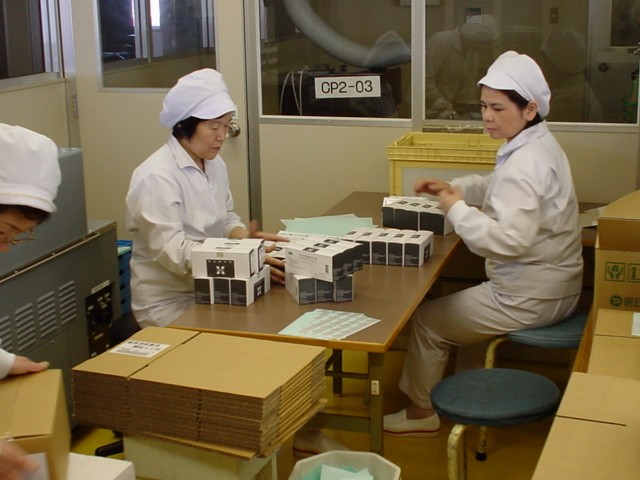Quality Control – Honso

The quality and efficacy of each of our product lines is backed by extensive scientific research, which we make available to our clients in the form of research studies and clinical data. These products are strictly regulated to meet the rigorous testing standards for herbal medicine. But, beyond this Honso formulas are pharmaceutical-grade formulas in Asia, therefore no allowance for error is given. We have built our company’s reputation on guaranteeing the quality of every Honso product.
Honso Kampo® Granules manufactured by Honso Pharmaceutical Co., Ltd. GMP-certified in Nagoya, Japan are easy-to-use, standardized, and highly effective formulas. Each lot is routinely tested for key herbal constituents, heavy metals, purity and microbial content under requirements of Ministry of Health & Welfare. The finished herbal formula is then scrutinized further to measure at least two active constituents quantitatively by HPLC to ensure consistency.
Kampo medicine has been passed down through generations the way Chinese medicine has been. The most common method of herbal processing is water decoction of sliced raw herbs. Modern herbal industries in Japan and China have used a similar process for the mass production of herb formulas. The process usually goes like this: Raw herbs are sliced, weighed, blended, then boiled in water in precisely controlled conditions. Then the solid herbal residue is separated from the liquid, condensed and then spray-dried, granulated and packaged. Granules are the most commonly accepted way herbal formulas are taken in Japan. The following are the main steps in manufacturing granule herbal products:
1) Slicing and compounding: Raw herbs are sliced to predetermined sizes weighed and compounded in quantities depending on what is needed for particular formulas. Since the raw herbs differ from one to another in shape, size and the way they should be sliced, particular slicing methods are selected according to the characteristics of raw herbs involved.
2) Extraction: In the extraction process, active constituents are extracted from raw herbs as herbalists have traditionally done, by water decoction. As the extraction apparatus Honso facilities use a heat control system capable of precisely controlling a boiling condition, for up to several hundred kilograms of herbs per run.
3) Solid-liquid separation: This process separates the solid residue of raw herbs from the liquid after extraction. A series of operations ranging from water purging, heating, extraction and separation are sequence-controlled with the aid of system features to predetermine operating conditions and monitor performance to assure each run is the same.
4) Condensation: In the condensation process, water is purged off the extracted liquid before the liquid goes into the drying process. In the case of, for example, Xiao Chai Hu Tang (Sho-Saiko-To in Japanese), a low temperature vacuum extraction method has been adopted. This method can evaporate water at low temperatures of 30°C to 40 °C and minimize thermal deterioration of extracted liquid constituents. Then, the operation vacuum concentrates the extract to a five-percent volume before spray-drying.
5) Drying: The drying process is the process of dehydrating the condensed liquid for production of dry extract powder. The spray-drying machine incorporates high-tech applied functions because, for example, Sho-Saiko-To Extract in its liquid phase is like slurry, and dry extract powder is highly moisture-absorbent.
6) Granulation: In the compressive molding and crushing process, dry extract powder is blended with a binder or excipient, usually rice starch and crystalline cellulose, then temporarily compression-molded and finally crushed and filtered for uniform size. This process uses a special molding machine which provides uniform, stable and quick compression-molding and a crusher capable of crushing the moldings into a desired particle size.
7) Packaging: Lastly, the packaging facility uses an automatic weighing and packaging machine to assure filling the packets in exact quantities.





